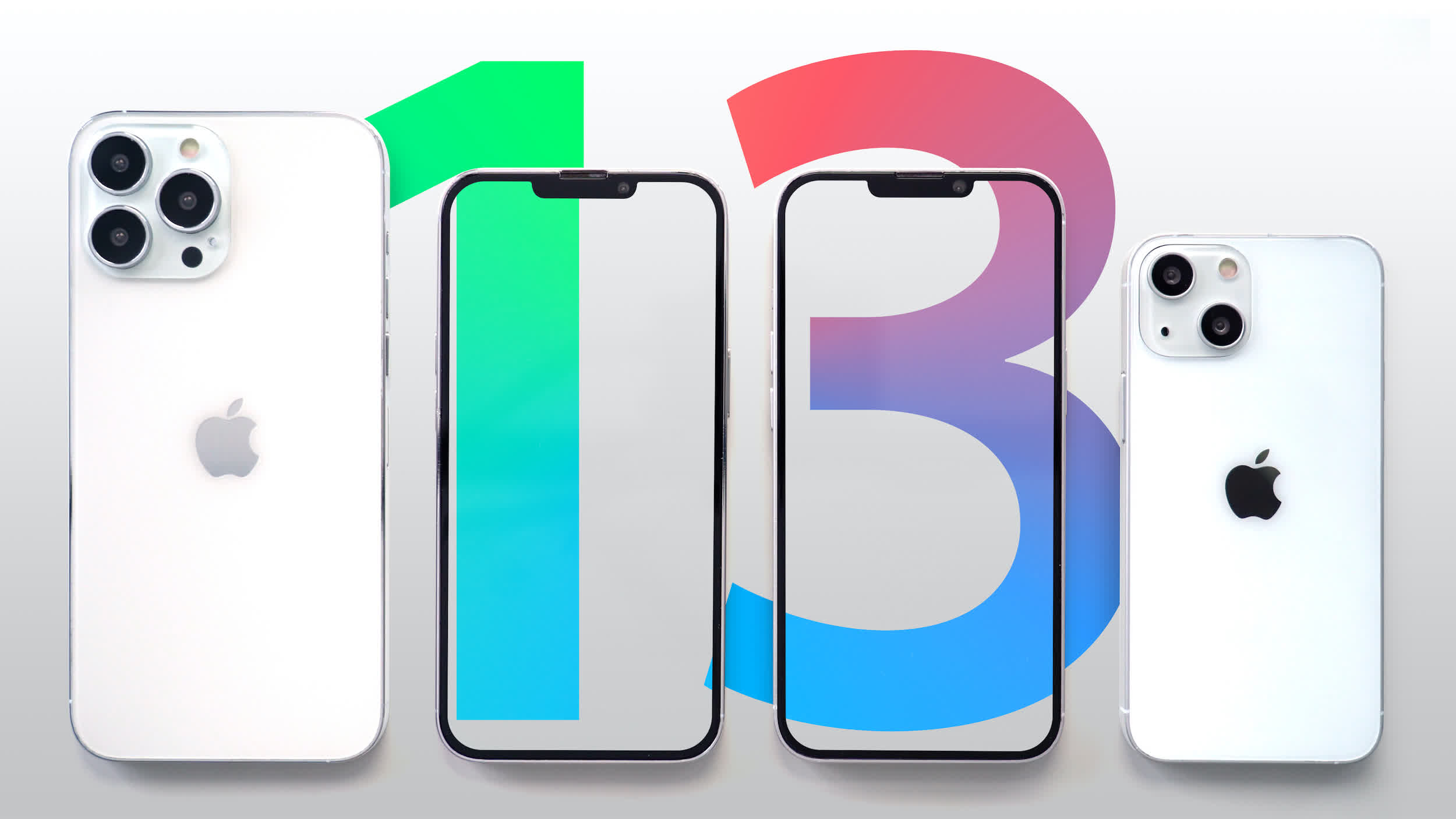Recap: Satellite-based telephones, or sat phones, have been around for decades. Globalstar, for example, has been operating commercially since 1999. Up to this point, however, sat phone usage has largely been limited to remote regions of the globe that are out of range of traditional cell towers.
Terrestrial wireless providers up to this point have been a necessary part of the smartphone equation, but that could all change starting with Apple's next iPhone.
Renowned Apple analyst Ming-Chi Kuo in a recent note to investors viewed by MacRumors said the iPhone 13 family will ship with hardware that allows them to connect to low earth orbit (LEO) satellites. If true, and with the right software, iPhone 13 users could potentially conduct voice and text communications without a 4G or 5G cellular connection or Wi-Fi.
Apple isn't unique in coming up with the idea but they could be first out of the gate with it. Kuo said Apple set up an R&D team "some time" ago to look into the tech.
The chip to enable such functionality is said to be a modified version of Qualcomm's X60 baseband chip; other handset makers are reportedly waiting for the X65 baseband chip to implement satellite communications, and that might not happen until 2022 at the earliest.
Kuo said satellite communications company Globalstar is "most likely" to work with Apple in terms of technology and service coverage.

It's unclear exactly how service plans could work, but Kuo believes the easiest scenario would be for individual network operators to work with Globalstar and offer the feature to customers with no additional contracts or payments.
Bringing satellite tech to general consumer devices is an interesting idea, and Kuo believes it could be comparable to mmWave 5G in terms of the impact it has on the wireless industry. And if Apple is indeed the first to market it on a wide scale, it could be used to further wide its iPhone install base.
